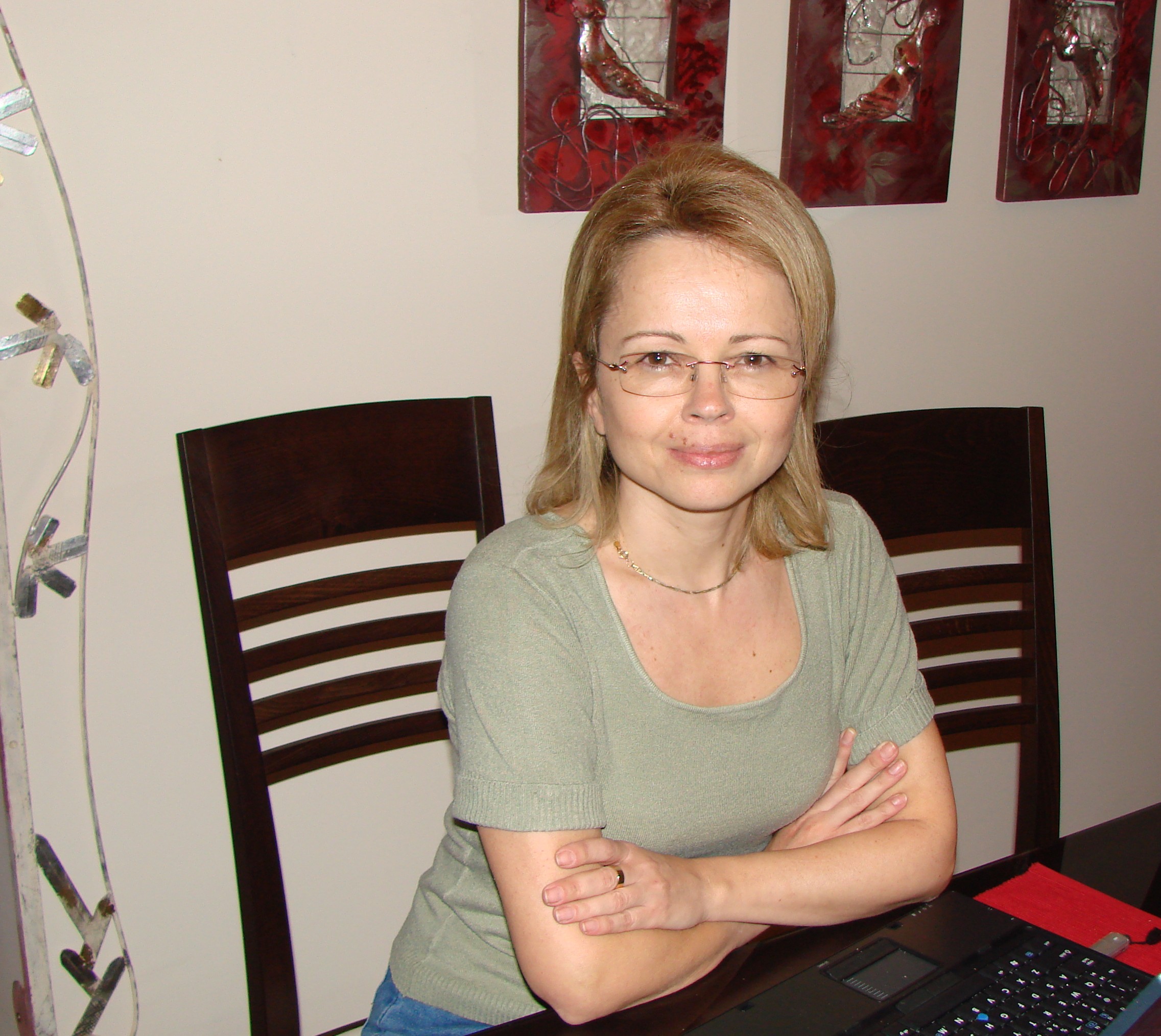| Dr.
Carmen TISEANU Senior Researcher National Institute for Laser, Plasma and Radiation Physics Laboratory of Solid-State Quantum Electronics PO Box MG-36, Magurele, 077125 Romania Phone: +(40) (21) 457-4550 ext. 2127 Fax: +(40) (21) 457-4243 Email: carmen.tiseanu@inflpr.ro Web page: http://nanolumin.inflpr.ro Since 01 August 2017 with: X-Ray Microtomography Laboratory http://tomography.inflpr.ro/ |
|
 |
● Photoluminescence
properties of lanthanides in ionic liquids. Radiative
versus non-radiative relaxation processes in lanthanide’s doped ionic
liquids immobilized on silica supports.
● Complex
spectral deconvolution methods applied to the analysis
of the excited state-dynamics of lanthanide’s: Quantified Maximum
Entropy, aria-normalized time-resolved luminescence spectra (TRANES),
lifetimes distribution, decay associated spectra. Description of species-related
luminescence-structure relationships by use of the time-resolved
luminescence spectra of Eu3+.
● Lanthanide’s
ions in microporous and mesoporous materials: the
effects of hydrophobization via silylation on
the photoluminescence properties of lanthanides exchanged zeolites or
double hierarchical mesoporous materials; the effects of the Si to Al
ratio on the Ln3+ photoluminescence properties ;
the role of the various organic ligands in the luminescence
sensitization of Eu3+ and Tb3+
as well as surface modification of silica and MCM-41.
●
Luminescence
properties of quantum dots doped with lanthanide’s ions: the
role of the capping ligand and the nanocrystal as sensitizer (antenna
effects) or /and inhibitor for the non-radiative process induced via
vibrational coupling with water solvent molecules.
● Optical spectroscopy of lanthanide’s doped active laser media: energy levels, energy transfer and quenching processes, program codes for the calculation of the crystal-field energy levels, irreducible representations and wave functions of lanthanides with f2 and f12 type configuration; sensitivity analysis for the crystal-field parameters of Tm3+ in a series of isostructural garnet laser crystals.